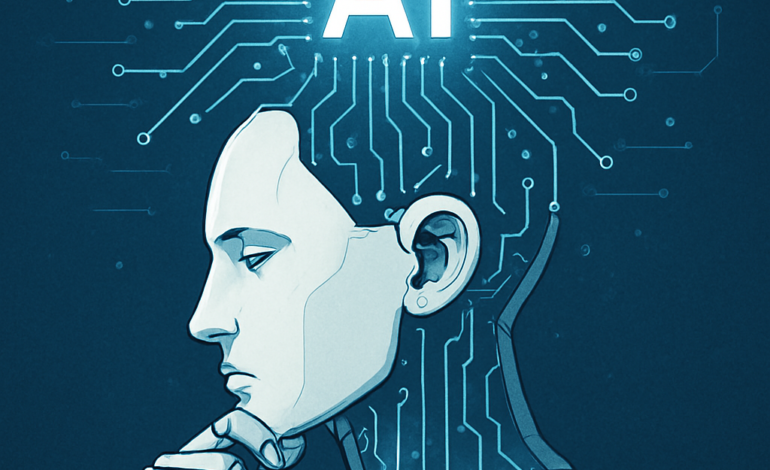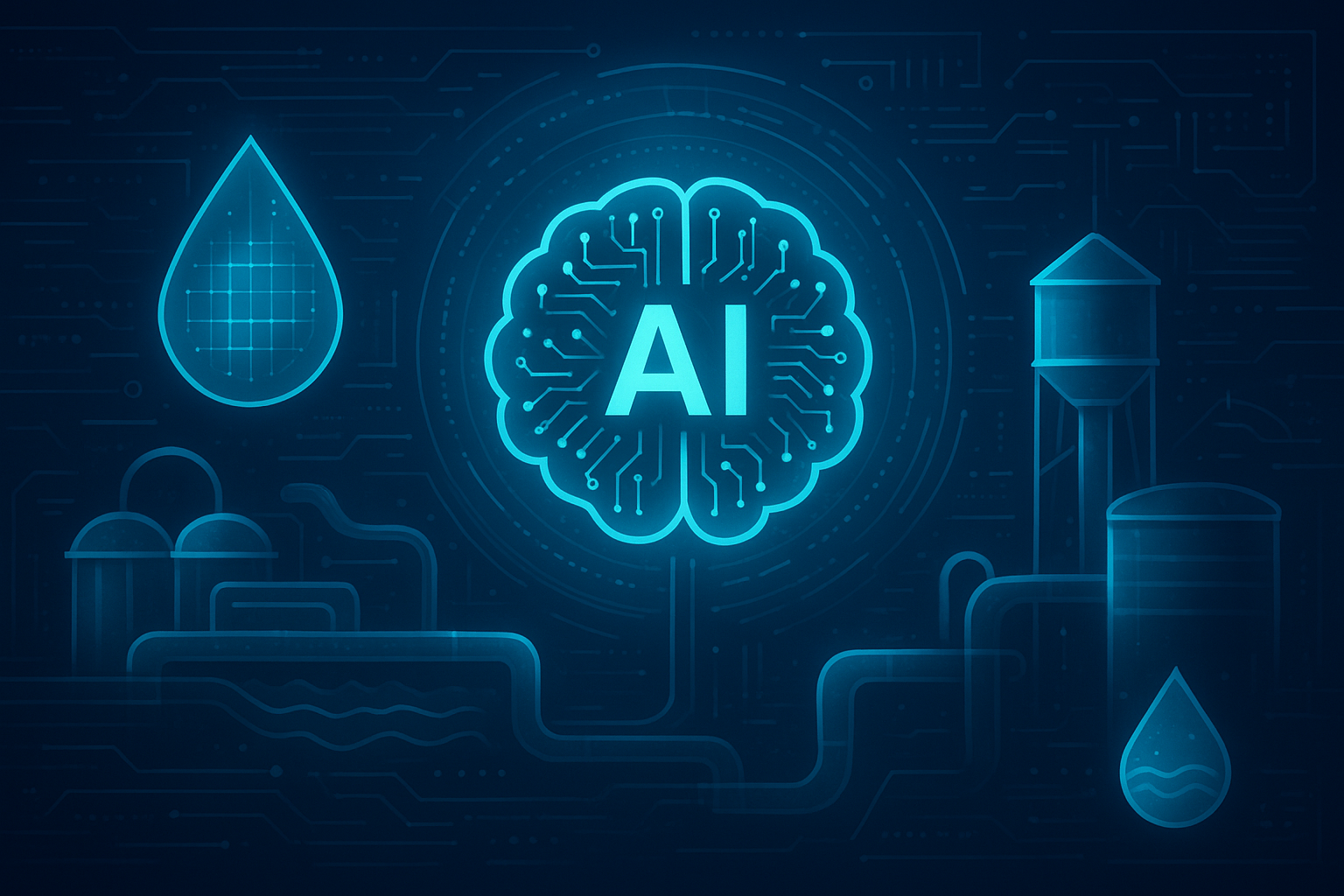Artificial intelligence operates within a framework of conditions. It takes input, processes it through learned patterns, and produces an output. Every AI decision, whether a chatbot response or a financial prediction, is the result of structured programming and training data. But does this mean AI is inherently limited? Can it ever break free from its conditional nature? And, more importantly, are humans any different?
by Kasun Illankoon, Editor-in-Chief at Tech Revolt
Human cognition, though seemingly fluid and spontaneous, is also shaped by conditions, our upbringing, experiences, and biases. We may feel like we are making independent choices, but in many cases, our decisions are influenced by external factors just as AI is guided by data. For example, a sales executive chooses a CRM system based on prior interactions, reviews, and recommendations, much like an AI system suggesting a product based on user behaviour. If both AI and humans rely on input-driven decisions, is intelligence merely a matter of complexity rather than autonomy?
Current AI systems function on predefined models. Machine learning algorithms analyse vast datasets, identify correlations, and generate responses based on probability. A self-driving car, for example, does not “decide” to stop at a red light, it follows a programmed condition that dictates it must. Even advanced AI models that produce creative works, from writing to artwork, are not inventing but recombining existing inputs. Their outputs, no matter how innovative they appear, remain conditional.
In the business world, this conditional nature is both a strength and a limitation. AI-driven financial models predict market trends based on past data, helping investors make informed decisions. For instance, JPMorgan Chase uses AI for fraud detection, analysing billions of transactions to flag suspicious activity. Yet, when entirely new fraud tactics emerge, the system may not catch them until retrained. Customer service chatbots provide automated responses based on predefined scripts, improving efficiency but often failing in nuanced conversations. A real-world example is Meta’s AI-driven chatbot, which, despite advancements, still struggles with context-heavy discussions.
In logistics, AI optimises supply chains by analysing historical demand, yet struggles when faced with unprecedented disruptions. Amazon’s AI-driven fulfilment centres use predictive analytics to streamline inventory management, but during the COVID-19 pandemic, unexpected shifts in consumer behaviour disrupted its algorithms, leading to stock shortages and delays. These examples highlight AI’s utility but also its rigid dependence on structured inputs.
This dependency extends to AI-driven fraud detection in banking. AI models can identify suspicious transactions by comparing them against previous fraudulent activities. However, if a new type of fraud emerges that deviates from established patterns, the AI may fail to detect it, exposing a fundamental limitation. The same applies to AI-driven healthcare diagnostics, while AI can flag abnormalities in medical imaging with impressive accuracy, it still requires human expertise to interpret anomalies that fall outside its training data. IBM’s Watson for Oncology, once touted as a breakthrough in AI-powered cancer diagnosis, ultimately fell short due to its reliance on incomplete or biased training data, proving that AI’s effectiveness is only as good as its inputs.
The question then arises: can AI ever transcend its conditions? Some argue that with enough data and advanced neural architectures, AI may eventually display emergent behaviours, actions not explicitly programmed but arising from complex learning. However, even this does not equate to free will. These behaviours still stem from underlying conditions, just at a higher level of complexity. Similarly, businesses that use AI tools to automate decision-making must recognise that AI’s insights are based on patterns, not independent reasoning.
The development of artificial general intelligence (AGI) is often framed as the next step in AI evolution, where machines could think, reason, and adapt beyond their initial programming. But even AGI, if it were to exist, would still rely on prior knowledge, learning models, and structured inputs. No matter how advanced, it remains unclear whether AI could ever operate independently of its data and programming. In a corporate setting, this means that while AI can enhance productivity, it cannot yet replace human judgment, particularly in areas requiring creativity, ethics, or emotional intelligence.
A prime example of AI’s conditionality in business is its role in content generation. AI-powered tools like OpenAI’s ChatGPT or Jasper AI can write reports, marketing materials, and even news articles based on existing data. However, they lack the ability to create genuinely new perspectives or challenge prevailing narratives. While AI can produce grammatically correct and well-structured content, it does so within the constraints of pre-existing information. This limitation is particularly evident in fields like journalism and thought leadership, where original insights and contextual understanding are paramount.
AI’s conditionality also raises ethical and practical concerns. If AI decisions are always rooted in past data, they can perpetuate biases, reinforcing flawed assumptions rather than challenging them. This is particularly concerning in hiring algorithms that filter candidates based on historical hiring trends, potentially excluding diverse talent. Amazon scrapped its AI hiring tool after discovering it consistently favoured male candidates due to biases in past hiring data. Similarly, AI-driven lending decisions in financial institutions can inadvertently favour certain demographics over others, reinforcing socioeconomic disparities.
Furthermore, AI’s inability to break free from its conditions means it cannot truly “understand” context the way humans do, it can only approximate it based on statistical likelihood. This limitation is crucial in sectors like law, medicine, and governance, where nuance and moral reasoning play significant roles. A legal AI assistant may analyse thousands of case laws to predict the likely outcome of a trial, but it cannot interpret the social, cultural, or ethical implications of a ruling in the same way a human judge or lawyer would.
Despite these limitations, AI’s ability to process vast amounts of data at scale provides immense value. In the energy sector, AI is being used to optimise power grids and predict fluctuations in supply and demand. Google’s DeepMind successfully reduced the energy consumption of its data centres by 40% using AI-driven efficiency models. In cybersecurity, AI helps detect and prevent cyberattacks before they cause major damage, as seen with Darktrace’s AI, which continuously analyses network traffic to detect anomalies. However, in both cases, AI is still acting within the confines of predefined conditions, it reacts to patterns rather than anticipating truly novel threats or circumstances.
Ultimately, AI remains bound by its origins. It is a tool that executes based on given parameters, however advanced those may be. While it can simulate decision-making and even creativity, it does so within the constraints of its data and programming. If intelligence is defined by the ability to think beyond pre-existing conditions, AI has yet to cross that threshold, and perhaps it never will. And if we accept that humans also operate under conditional influences, then perhaps the real question isn’t whether AI is conditional, but whether true autonomy exists at all.
As AI continues to evolve and integrate deeper into business and society, it is imperative that we acknowledge both its strengths and its limitations. The promise of AI is vast, but so are the challenges it presents. While AI may not yet achieve true autonomy, understanding its conditional nature allows us to use it more effectively, leveraging its power while ensuring human oversight remains an integral part of the decision-making process.









